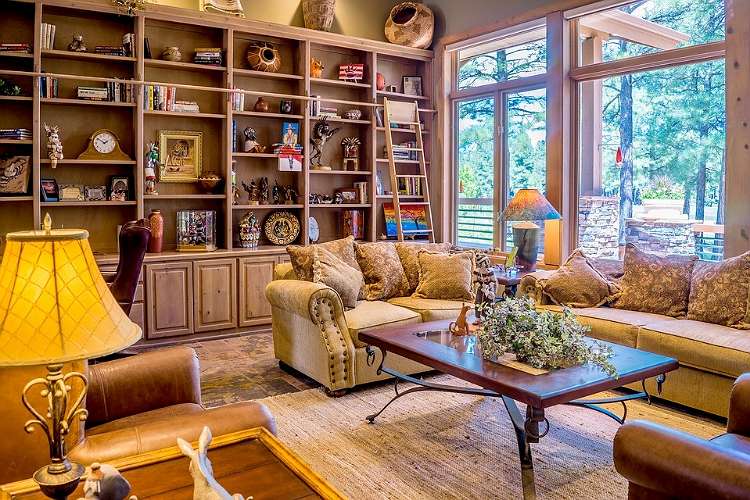Bad lighting makes everything unnecessarily difficult. Reading becomes eyestrain torture. Cooking turns into dangerous guesswork. Getting dressed becomes gambling because colors look completely different under terrible lights.
Good lighting transforms daily activities from frustrating chores into pleasant experiences. Nobody notices perfect lighting, but everyone feels the difference instantly. Built-in robes create environments that support how people actually live instead of working against natural rhythms and basic human needs.
1. Morning Routines Need Decent Light to Work
Getting ready under harsh bathroom fluorescents makes everyone look terrible and feel worse. That sickly green lighting turns healthy skin into zombie complexions that ruin entire days before they start.
Natural light works best for morning prep, but warm LED lights create acceptable alternatives when windows aren’t available. Multiple light sources eliminate harsh shadows that make basic grooming feel like performing surgery in caves.
Good morning lighting sets positive moods for entire days. Bad lighting creates unnecessary stress before days even begin. Modern electricity lighting systems now offer adjustable brightness and color temperature that adapt to different tasks throughout the day.
2. Task Lighting Prevents Daily Frustration
Cooking under dim overhead lights means constantly squinting at recipes and guessing whether food is actually cooked properly. Reading under inadequate lighting causes headaches that ruin relaxation time completely.
Under-cabinet kitchen lighting properly illuminates cutting boards and stovetops. Reading lamps positioned correctly eliminate shadows on book pages. Desk lighting reduces computer screen glare that causes eye problems.
Specific task lighting makes daily activities enjoyable instead of unnecessarily stressful. People naturally spend more time in spaces where lighting actually works for intended activities. Under-cabinet kitchen lighting properly illuminates cutting boards and stovetops where people actually work.
3. Built-In Storage Affects How Light Moves
Bulky wardrobes and tall furniture create shadow zones that make rooms feel darker and smaller than necessary. Light gets blocked and trapped in useless corners where it helps nobody.
Built-in storage follows wall lines without interrupting light flow throughout rooms. Natural illumination reaches more areas when furniture doesn’t create random light-blocking obstacles everywhere.
Strategic storage placement actually improves lighting by eliminating bulky furniture and creating cleaner sight lines to windows and existing light sources.
4. Evening Lighting Changes Everything About Relaxation
Bright white lights at night confuse natural sleep rhythms and make winding down much harder than necessary. Harsh overhead lighting makes relaxing spaces feel like interrogation rooms instead of comfortable homes.
Warm, dim lighting in evening hours signals the brain that bedtime approaches naturally. Table lamps, floor lamps, and wall sconces create gentle pools of cozy light instead of clinical brightness.
Layered lighting allows easy adjustment throughout day. Bright for morning productivity, moderate for afternoon activities, soft for evening relaxation.
Conclusion
Light and structural design choices profoundly affect how comfortable homes feel for actual daily living. Smart lighting planning and built-in storage solutions create environments that support natural rhythms and daily activities instead of working against them constantly.
The best lighting and storage systems become completely invisible parts of daily life that simply make everything work better without requiring any conscious thought or attention.

